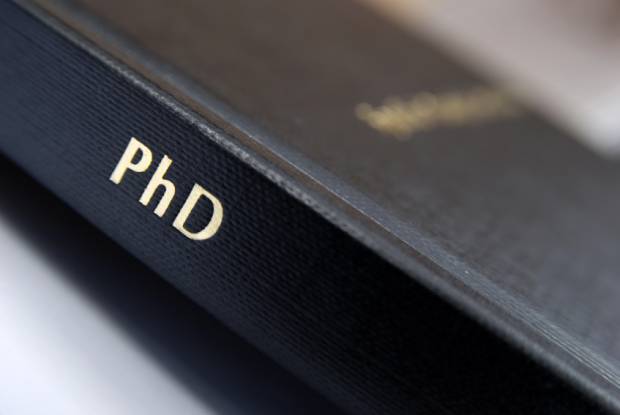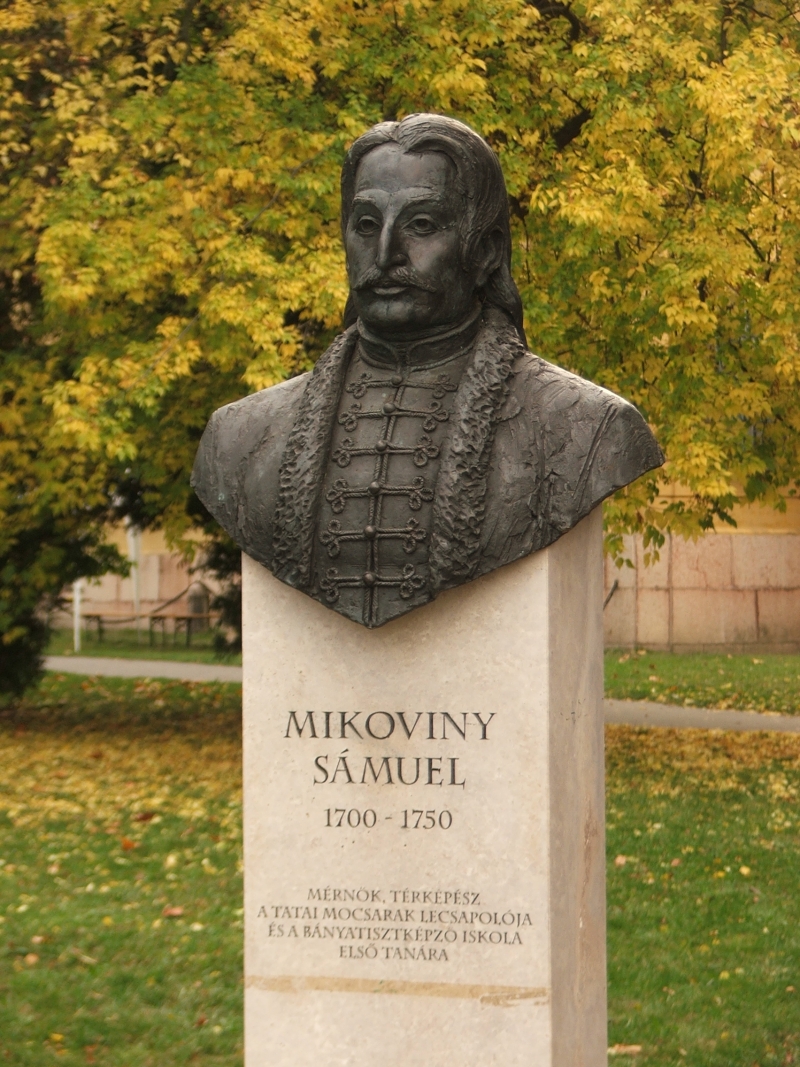Mikoviny Sámuel Doctoral School of Earth Sciences

Head of the Doctoral School: Dr. Péter Szűcs, MHAS, full professor
Discipline: Natural Sciences
Branch: Earth Sciences
The type of degree issued: PhD
Administration: Dean' Office (A/4. building 28. room)
Administrative affairs: Adrienn Bata, Secretary of the Dean's Office (adrienn.bata@uni-miskolc.hu)
Doctoral officer: Dr. Norbert Németh, Associate Professor (norbert.nemeth@uni-miskolc.hu)
Regulations, rules and forms regarding the doctoral school and the PhD courses:
further information is provided on members and students of the doctoral school, actual topic announcements, planned and completed public defences, operating regulations, and study plan.
The regulations are available in Hungarian only, but an English summary of the most relevant rules can be found in the PhD Student Manual.
Information about the doctoral school
The engineers and geographers who have earned a master’s degree at the Faculty of Earth and Environmental Sciences and Engineering, or in MSc courses in engineering or science of other faculties with outstanding results have the opportunity to continue their studies in the Mikoviny Sámuel Doctoral School of Earth Sciences, following a program of studies and research designed for each student’s interests. Full-time, part-time, or independent study programs are available. The duration of the PhD course is 8 semesters.
The objective of the Doctoral School is to a provide sound scientific foundation for engineering activities requiring fundamental knowledge in earth sciences and to publish the achievements supporting the developments and applications related to the university-level training going on at our faculty. Building on the results of the PhD training started in the 1990s, the Doctoral School offers new and extensive opportunities for utilising and modernising the intellectual resources available at the faculty.
The doctoral school carries out activities in those fields of the earth sciences that fit into the profile of the faculty, and that are within the scope of the accreditation granted to the doctoral program. The topic areas are related to institutes of the faculty, and thus the institutes play a major role in the establishment of educational and research programs and in offering research topics.
Research topic areas and research teams:
1. Fluid production and transport systems:
- Fluid reservoir operational procedures
- Integrated oil and natural gas production systems
- Research and development of deep drilling technologies
- Integrated hydrocarbon transport and storage systems
- Research into natural gas distribution and consumer systems
- Geothermal energy production and supply systems
- Chemical processes in hydrocarbon production
- Numerical modelling of hydrocarbon sites
2. Raw material extraction and preparation, environmental process technology:
- Geotechnical systems
- Investigation of theoretical issues ingeomechanics, formation of underground areas
- Natural and mining hazards and how to guard against them
- Automation and mechanization of raw material production systems
- Mechanical process technology
- Raw material and waste preparation
- Environmental process technology
- Geotechnics for environmental protection
3. Research in applied geophysics:
- Geophysical inversion and tomography
- Method development in engineering and environmental geophysics
- Seismic method development
- Electromagnetic method development
- Geophysical method development for deep drilling
- Development of informatics in geophysics
- Geophysical modelling
- Application of GIS and positioning systems
4. Research on applied geology and hydrogeology:
- Research into hydrocarbon genetic and migration processes, basin analysis
- Integrated research into utilizable solid mineral raw materials
- Sedimentary and igneous formations: investigations of their structural geology,stratigraphy, sedimentology,paleoenvironmental and environmental geology
- Research into Pleistocene and Holocenepaleogeography
- Applied mineralogy and petrology
- Research into engineering geology
- Research into water geology
5. Physical and human geography:
- Physical geography
- Digital plotting and relief modelling
- Studies in the interactional structure of physical and social factors
- Utilizable natural resources, focusing on raw mineral materials and their significance in the economic history of Hungary
- Research into social configurations
ABOUT MIKOVINY SÁMUEL (1700-1750)
 Mikoviny Sámuel a many-sided engineer and a founder of mining education, was born around 300 years ago in Ábelfalva and died about 250 years ago near Trenčin on 25 March 1750. He studied in Banská Bystrica (Besztercebánya) and visited several western and southern European countries. After returning home in 1725, he worked as a county engineer in Bratislava (called Pressburg or Pozsony at that time). He was engaged in anti-flood works on Rye Island (Csallóköz) and in 1727 constructed a map of the hydrographic system of Lake Tata on the commission of Esterházy József. In 1728 in his Epistola he described the method of making maps, the cartographic principles and practical processes: the astronomical method of place location, the application of a quadrant, a telescope, a diopter and a scaled limbus, the construction of the advanced baseline-developer triangular system and the essence of magnetic declination. He drew the prime meridian constituting the basis of measurements through the towers of Bratislava Castle. Over seven years he constructed maps of forty-nine counties. County and other maps in the scale of 1:160,000 made it possible to design river control measurements, drain marshes and utilise farm lands as well as build road networks. He started his teaching career in the school for mining officers in Schemnitz (Selmecbánya) in 1735. He taught mathematics, mechanics and hydraulics and had practical classes in land and mine surveying. Over a period of ten years he constructed a water reservoir for an ore dressing plant, built huge dams and a system consisting of sixteen lakes. During the war of succession in 1743 Empress Maria Theresa employed him to design and build defensive and fortification works on the Moravian-Silesian frontier and to strengthen mountain passes and straits in order to protect the country from Prussian invasion. While carrying out anti-flooding works on the River Váh, he became ill and died.
Mikoviny Sámuel a many-sided engineer and a founder of mining education, was born around 300 years ago in Ábelfalva and died about 250 years ago near Trenčin on 25 March 1750. He studied in Banská Bystrica (Besztercebánya) and visited several western and southern European countries. After returning home in 1725, he worked as a county engineer in Bratislava (called Pressburg or Pozsony at that time). He was engaged in anti-flood works on Rye Island (Csallóköz) and in 1727 constructed a map of the hydrographic system of Lake Tata on the commission of Esterházy József. In 1728 in his Epistola he described the method of making maps, the cartographic principles and practical processes: the astronomical method of place location, the application of a quadrant, a telescope, a diopter and a scaled limbus, the construction of the advanced baseline-developer triangular system and the essence of magnetic declination. He drew the prime meridian constituting the basis of measurements through the towers of Bratislava Castle. Over seven years he constructed maps of forty-nine counties. County and other maps in the scale of 1:160,000 made it possible to design river control measurements, drain marshes and utilise farm lands as well as build road networks. He started his teaching career in the school for mining officers in Schemnitz (Selmecbánya) in 1735. He taught mathematics, mechanics and hydraulics and had practical classes in land and mine surveying. Over a period of ten years he constructed a water reservoir for an ore dressing plant, built huge dams and a system consisting of sixteen lakes. During the war of succession in 1743 Empress Maria Theresa employed him to design and build defensive and fortification works on the Moravian-Silesian frontier and to strengthen mountain passes and straits in order to protect the country from Prussian invasion. While carrying out anti-flooding works on the River Váh, he became ill and died.


